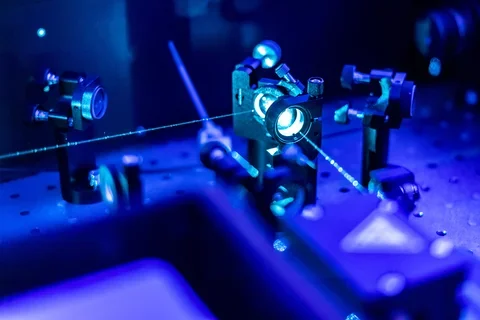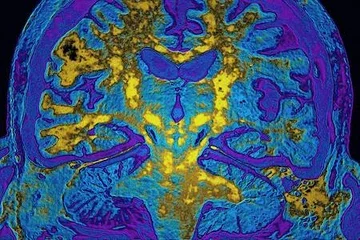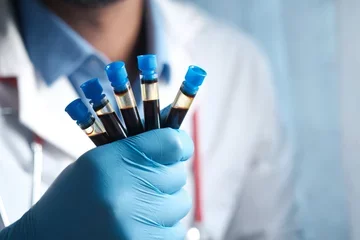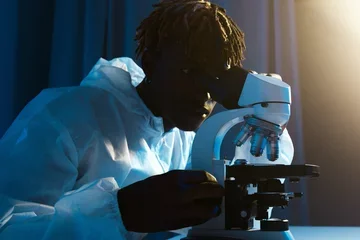Physicists push new Parkinson’s treatment toward clinical trials
A collaboration among the laboratories of Lapidus (MSU), Gal Bitan (UCLA), and Joe Loo (UCLA)

Research at Michigan State University shows that a small “molecular tweezer” keeps proteins from clumping, or aggregating, the first step of neurological disorders such as Parkinson’s disease, Alzheimer’s disease and Huntington’s disease.
The results are pushing the promising molecule toward clinical trials and actually becoming a new drug, said Lisa Lapidus, MSU associate professor of physics and astronomy and co-author of the paper.
“By the time patients show symptoms and go to a doctor, aggregation already has a stronghold in their brains,” she said. “In the lab, however, we can see the first steps, at the very place where the drugs could be the most effective. This could be a strong model for fighting Parkinson’s and other diseases that involve neurotoxic aggregation.”
Listen to the WKAR Public Media audio story
Read a related Journal of Biological Chemistry (JBC) article



